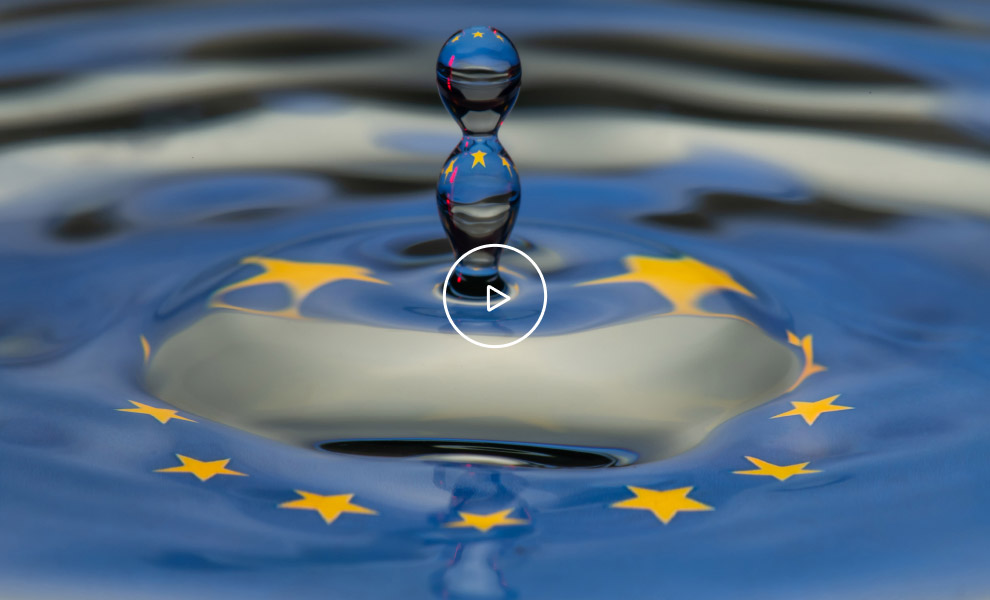The Interplay Between EU Competition Law, Sustainability, and Clean Technology
In July 2025, the European Commission (the Commission) issued three pieces of guidance outlining the role of competition law in achieving sustainability goals. Notably, the guidance suggests the Commission is taking a pragmatic approach to aligning competition enforcement with broader climate objectives. Whilst sustainability goals and targets fall outside the competition law field, the Commission aims to minimise legal uncertainties that could undermine steps towards the net zero economy and decarbonisation.
In principle, this approach also applies to EU State aid rules, another area of EU competition law. State aid rules exist to prevent government support leading to a company gaining a distortive advantage over its competitors. However, with the new Clean Industrial Deal State Aid Framework (CISAF), the Commission has established a framework that supports the objectives of the Clean Industrial Deal (CID), aimed at enabling Member States to advance the development of clean energy, industrial decarbonisation, and clean technology. According to Commission Executive Vice President Teresa Ribera, the new framework “recognizes the state as a strategic investor in our future”1 and she hopes the new framework “unlocks investment” and ensures that “green drivers” will be “market drivers.”

Competition Law and Sustainability Objectives
The Commission introduced the CISAF on 25 June 2025, replacing the Temporary Crisis and Transition Framework (TCTF), an amended version of the temporary framework initially adopted in March 2022 in the context of Russia’s invasion of Ukraine. The CISAF, which will remain in force until the end of 2030, forms a central component of the CID.
The CID includes policies to support investment in renewable energy, industry decarbonisation, affordable energy, clean products and clean tech, and the circular economy. The CID helps advance the EU’s climate objectives set out in the European Green Deal and codified by the EU Climate Law: cutting emissions by at least 50% by 2030 and reaching climate neutrality by 2050.
